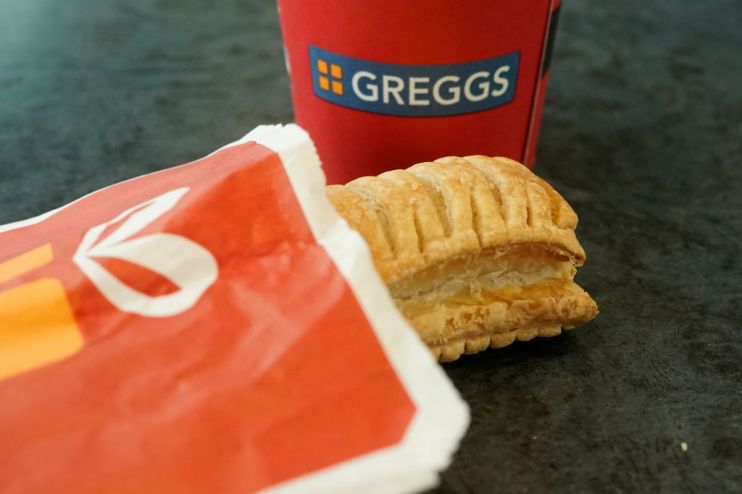Greggs on a roll as night trade helps baker to “impressive” financials

High street bakery Greggs has cheered another strong trading period as late-night sales helped boost earnings.
In an update to markets this morning, the no-frills chain said total sales grew 19.6 per cent in the year to last December up on a year-to-year basis.
Pre-tax profits at the sausage roll and pastry maker also reached £188m, up from £148m in 2022.
The group also said its market share is at an all-time high, with its total share of food-to-go visits reaching 8.2 per cent from 7.7 per cent.
The firm, which has 2,000 stores, has been winning customers by keeping prices low and also ramping up evening trade.
More than 1,200 sites are now trading past 7pm or later.
It forms part of chief Roisin Currie’s strategic growth plan for the brand, which will ultimately see more stores trade after 4 pm.
Last year the steak bake purveyor won a battle to open a flagship site in Leicester Square until 2am from Thursday to Saturday.
Roisin Currie, chief executive said: “Reflecting on another year of rapid growth, I am so proud of how our teams have risen to the challenge of serving more customers through more channels.
“Whether in our shops, our manufacturing sites, our distribution network, or in Greggs House, our teams stepped up to make sure that we kept pace with the increased customer demand as we delivered on our strategic growth plan.”
Analysts welcomed another positive update, with shares up more than 50 per cent over the past 5 years.
Charlie Huggins, Manager of the Quality Shares Portfolio at Wealth Club, said this morning: “Greggs has enjoyed an excellent year despite the challenging economic environment. Sales and profits have both risen, despite significant cost inflation, and the group is returning more cash to shareholders through dividends. All in all, an impressive performance.”
Sales growth, Huggins said, “has enabled Greggs to continue increasing profits despite significant inflation in the cost of raw materials, energy and wages. Encouragingly, these cost pressures are now beginning to ease. This is good news for profit margins, as well as consumer demand as it should reduce the need for price increases.”